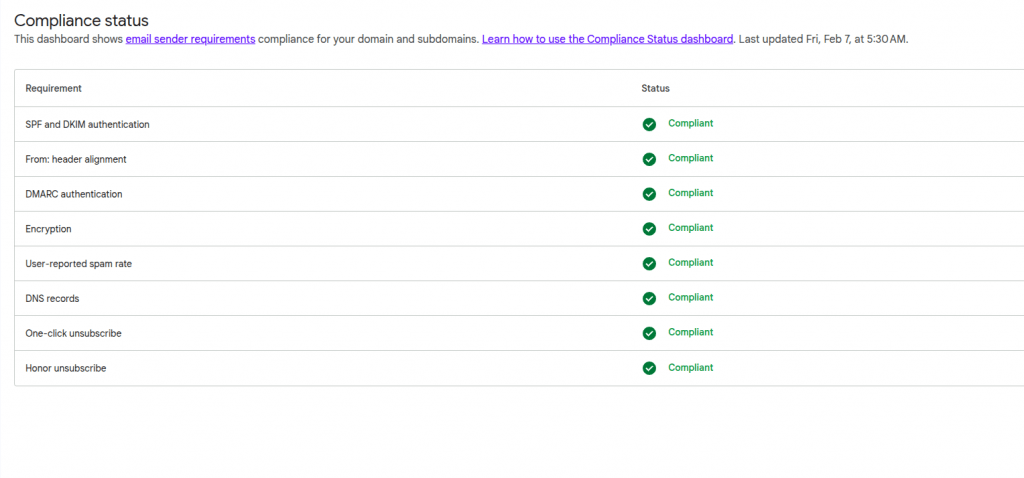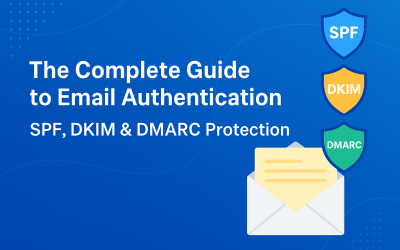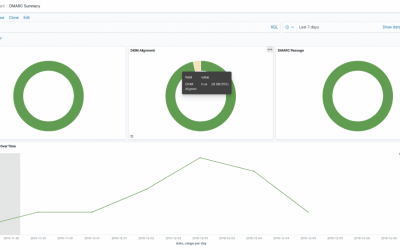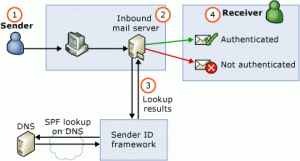Preparing for Changes in Email Tracking and Privacy Regulations in 2025
Introduction
As we have entered 2025, the landscape of email tracking and data privacy is undergoing significant transformations. Businesses must adapt to evolving regulations and technological advancements to maintain compliance and uphold customer trust. This article explores the changes in email tracking and privacy regulations, offering guidance on how organizations can prepare effectively.
The Evolution and Changing Landscape of Email Tracking
Email tracking has long been a staple in digital marketing, enabling businesses to monitor open rates, click-throughs, and user engagement. However, growing concerns over data privacy have prompted stricter regulations and technological shifts that challenge traditional tracking methods.
The email marketing landscape is undergoing a major shift as privacy regulations evolve and tracking technologies change. Businesses that rely on email analytics must prepare for significant adjustments in how they measure engagement and deliverability.
Regulatory Updates (Privacy Regulations in 2025):
New privacy regulations like GDPR, CCPA, and DMA are reinforcing user rights to opt out of tracking:
- Apple Mail Privacy Protection (MPP): Introduced in 2021, this feature blocks email senders from seeing whether an email has been opened.
- Google and Microsoft Privacy Initiatives: Google and Microsoft are following suit by enhancing user privacy with stricter cookie policies and email tracking limitations.
- Regulatory Updates: New privacy regulations like GDPR, CCPA, and DMA are reinforcing user rights to opt out of tracking (GDPR) (CCPA).

Google blocking open tracking pixel (Gmail open tracking changes)
How These Changes Affect Email Marketers
The traditional methods of tracking engagement and measuring success will be less reliable. The most significant effects include (Effect of Email Tracking & Privacy Regulations 2025):
- Diminished Open Rate Accuracy: With Apple’s and Google’s privacy features, open rates may be artificially inflated or unavailable.
- Reduced Click Tracking Effectiveness: Stricter privacy settings may prevent accurate click tracking in emails.
- Increased Dependence on First-Party Data: Companies will need to rely more on their own customer data and behavioral insights rather than third-party tracking.
- Stronger Emphasis on Consent-Based Marketing: Regulations will require explicit consent for tracking and data collection, limiting marketers’ ability to passively gather data.
Adapting to Email Tracking and Privacy Changes
To stay ahead, businesses should implement the following strategies:
1. Shift to First-Party Data Collection
With restrictions on third-party tracking, marketers should prioritize first-party data strategies, such as:
- Encouraging users to subscribe to newsletters with explicit consent.
- Using surveys and customer feedback forms to understand engagement.
- Implementing preference centers where users can customize their email experience.
2. Focus on Click Engagement Instead of Open Rates
Instead of relying on open rates, shift focus to:
- Click-through rates (CTR): Measuring the number of users clicking on in-email links.
- Conversion rates: Tracking the effectiveness of email CTAs leading to sign-ups, downloads, or purchases.
3. Enhance Email Content for Engagement
To maintain high engagement levels:
- Personalize emails using user data (e.g., previous purchases, browsing history).
- Optimize subject lines and preview text to encourage user action.
- Use interactive elements like polls, quizzes, and buttons instead of relying on tracking pixels.
4. Implement Advanced Authentication Protocols
With privacy-focused updates, authentication is crucial:
- Ensure DMARC, SPF, and DKIM are configured correctly (Google’s Email Authentication Guidelines).
- Monitor domain reputation and blacklist status regularly.

Google launched “email sender requirements” compliance dashboard
5. Educate Customers About Privacy Policies
Transparency builds trust. Marketers should:
- Clearly communicate privacy policies and tracking practices in sign-up forms.
- Offer easy opt-in and opt-out options for tracking and data collection.
- Comply with GDPR and CCPA regulations to avoid legal penalties.
Conclusion
The changes in email tracking and privacy regulations demand a proactive approach from marketers. By prioritizing first-party data, enhancing user engagement through personalized content, and complying with evolving regulations, businesses can ensure continued success in email marketing. Now is the time to adapt and future-proof your email strategies.



